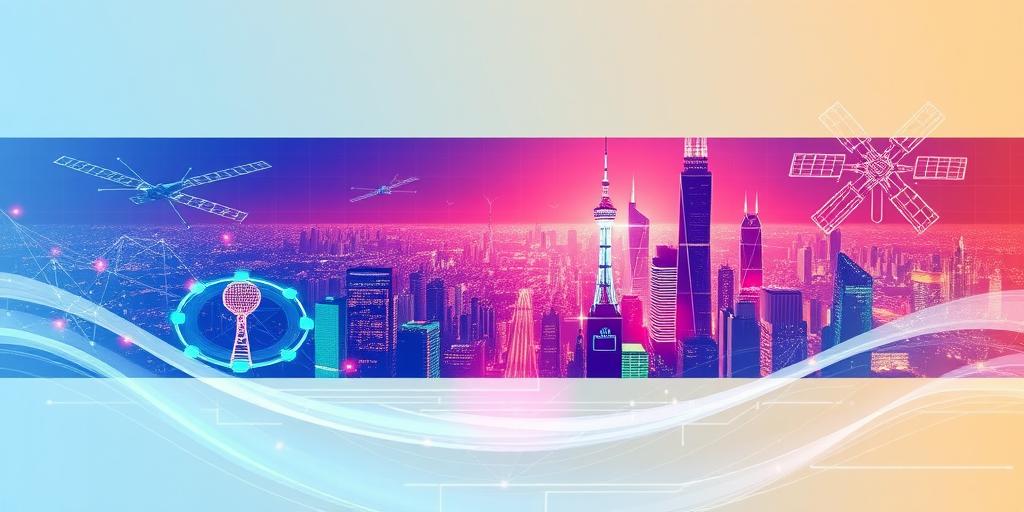Connectivity Future Trends: 5G and Beyond
The evolution of connectivity is rapidly reshaping our world, with 5G technology leading the charge. But what lies beyond 5G? This blog post explores the future trends in connectivity, examining the advancements and potential impacts of 5G and its successors.
5G: The Current Connectivity Revolution
5G technology has already brought about significant improvements in speed, latency, and network capacity. With speeds up to 100 times faster than 4G, 5G is enabling new applications such as autonomous vehicles, IoT devices, and augmented reality. Its low latency ensures real-time communication, crucial for applications like remote surgery and industrial automation.
Long-Tail Keywords:
- 5G network advancements
- Beyond 5G technology
- Future of wireless connectivity
- 6G network development
- Next-generation mobile networks
The Next Step: 6G and Beyond
While 5G continues to roll out globally, research and development are already underway for 6G. Expected to launch in the late 2020s or early 2030s, 6G promises even greater speeds, lower latency, and enhanced capabilities. Here are some key trends shaping the future of connectivity:
- Terahertz Frequencies: 6G will utilize higher frequencies, specifically the terahertz (THz) spectrum, to achieve unprecedented data transfer rates. This will require advancements in antenna technology and signal processing.
- Artificial Intelligence (AI) Integration: AI will play a crucial role in optimizing network performance, managing resources, and enhancing security. AI-driven networks will be able to predict and respond to network congestion in real-time.
- Satellite Connectivity: Integrating satellite communications with terrestrial networks will extend coverage to remote and underserved areas. This hybrid approach will ensure seamless connectivity worldwide.
- Quantum Computing: Quantum computing may revolutionize network security by enabling unbreakable encryption methods, protecting data from cyber threats.
- Edge Computing: Moving processing power closer to the edge of the network will reduce latency and enable real-time data analysis. This is particularly important for applications like autonomous vehicles and IoT devices.
Impacts and Applications
The advancements in connectivity will have far-reaching impacts across various industries:
- Healthcare: Remote patient monitoring, robotic surgery, and telehealth will become more widespread, improving healthcare access and outcomes.
- Manufacturing: Smart factories, powered by 6G and AI, will optimize production processes, reduce waste, and enhance efficiency.
- Transportation: Autonomous vehicles, smart traffic management systems, and enhanced logistics will transform the transportation industry, making it safer and more efficient.
- Entertainment: Immersive virtual and augmented reality experiences will revolutionize the entertainment industry, offering new ways to engage with content.
Challenges and Considerations
Despite the immense potential, there are challenges to address:
- Infrastructure Costs: Building and deploying advanced network infrastructure require significant investments. Governments and private companies must collaborate to ensure widespread access.
- Spectrum Allocation: Allocating the terahertz spectrum for 6G will require international cooperation and regulatory frameworks.
- Security Concerns: As networks become more complex, ensuring security and privacy will be paramount. Robust security measures and protocols must be developed to protect against cyber threats.
Conclusion
The future of connectivity is bright, with 5G paving the way for even more transformative technologies like 6G. These advancements promise to revolutionize industries, improve lives, and connect the world in unprecedented ways. While challenges remain, the potential benefits make investing in the future of connectivity a worthwhile endeavor.









